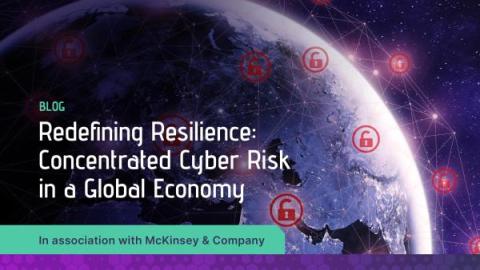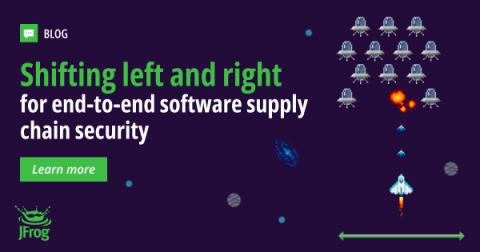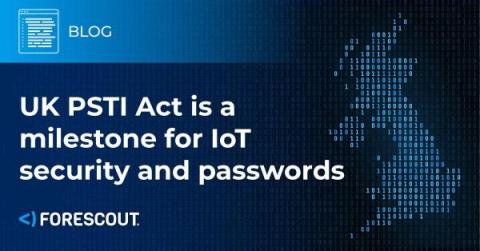Credentials And Control Go Bye, Bye, Bye with AsyncRAT: What You Need to Know
Introduced in 2019, AsyncRAT is classified as a remote access trojan (RAT) that primarily functions as a tool for stealing credentials and loading various malware, including ransomware. This RAT boasts botnet capabilities and features a command and control (C2) interface, granting operators the ability to manipulate infected hosts from a remote location.











